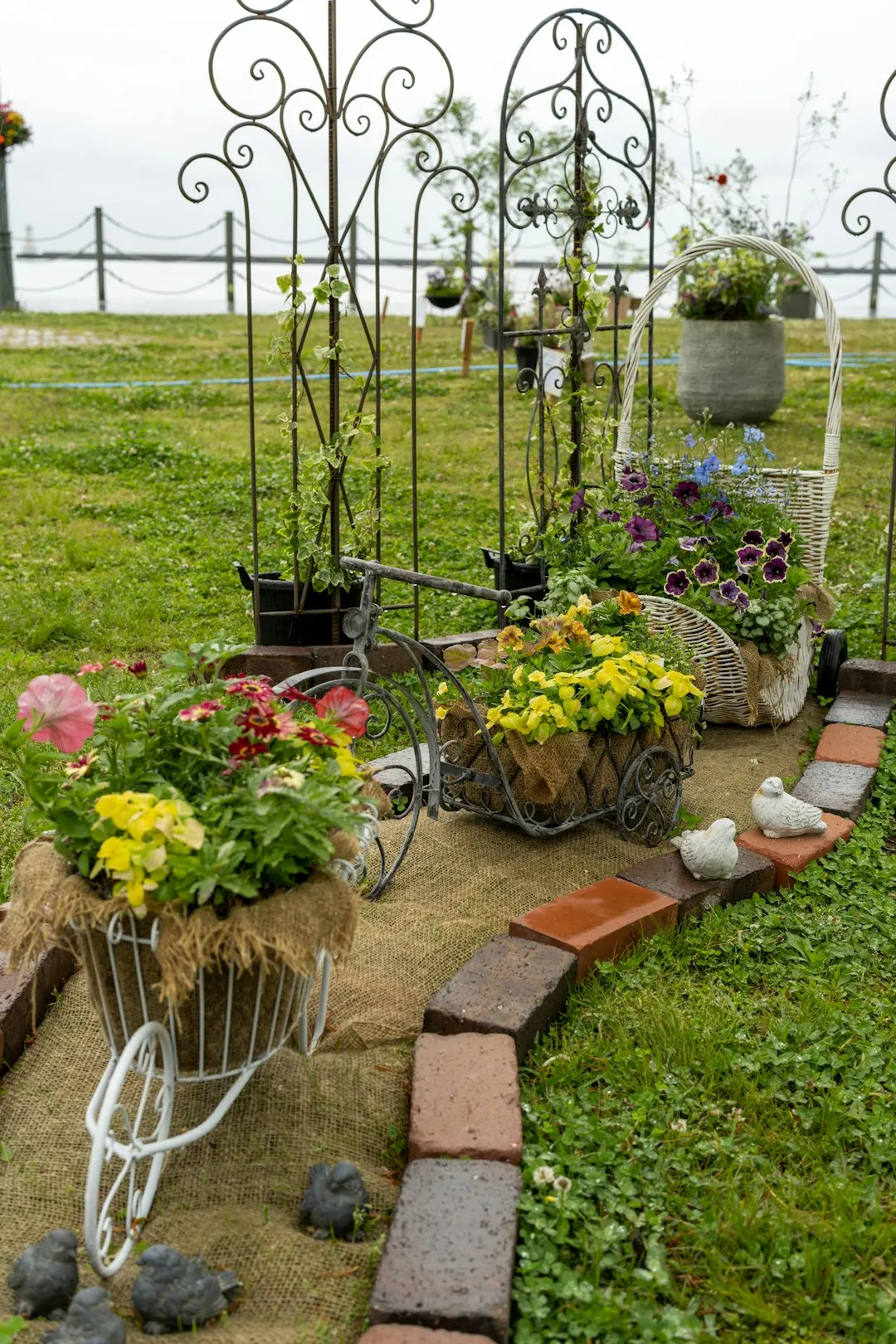The Art of Bamboo Cultivation: Avoiding a Yard Takeover

When it comes to gardening, bamboo is a plant that often captures the imagination. With its elegant appearance and rapid growth, it can add a touch of the exotic to any yard. However, growing bamboo is not without its challenges. One of the most crucial aspects of bamboo cultivation is knowing which type to plant to prevent it from taking over your yard.
There are two main types of bamboo: running bamboo and clumping bamboo. Running bamboo is known for its aggressive growth habit. It spreads through underground rhizomes, which can quickly travel long distances and send up new shoots in unexpected places. This makes it a potential nightmare for gardeners who don't want their yards invaded by bamboo. On the other hand, clumping bamboo grows in tight, compact clusters and is much less invasive. It spreads slowly and is easier to control.
Before you decide to plant bamboo, it's essential to do your research and understand the characteristics of the different types. Consider the size of your yard, the climate in your area, and your long - term gardening goals. If you have a small yard, clumping bamboo is likely the better choice. It will add beauty without the risk of overwhelming your space.
When selecting a bamboo variety, look for information on its hardiness zone. Bamboo is a tropical and subtropical plant, but some varieties can tolerate colder temperatures. Make sure the bamboo you choose is suitable for your local climate. For example, if you live in a region with harsh winters, you'll need to select a cold - hardy variety.
Preparing the planting site is also a critical step. Bamboo prefers well - drained soil that is rich in organic matter. Amend the soil with compost or aged manure to improve its fertility and drainage. Dig a hole that is twice as wide and just as deep as the root ball of the bamboo plant. This will give the roots plenty of room to spread and establish themselves.
Once you've planted your bamboo, proper care is essential. Water the plant regularly, especially during the first few months after planting. Bamboo has high water requirements, but it also doesn't like to sit in waterlogged soil. Mulching around the base of the plant can help retain moisture and suppress weeds.
Fertilizing your bamboo is another important aspect of care. Use a balanced, slow - release fertilizer in the spring and summer to promote healthy growth. Follow the instructions on the fertilizer package carefully to avoid over - fertilizing, which can damage the plant.
Controlling the growth of running bamboo is a major concern. If you've chosen to plant running bamboo, you'll need to install a root barrier. A root barrier is a physical barrier that prevents the rhizomes from spreading. It should be at least 24 inches deep and made of a durable material such as high - density polyethylene. Make sure the barrier extends a few inches above the ground to prevent the rhizomes from growing over the top.
Regular maintenance is also necessary to keep your bamboo in check. Prune any dead or damaged canes to encourage new growth. You can also thin out the clump to improve air circulation and prevent overcrowding. This will help keep the bamboo healthy and looking its best.
In addition to its aesthetic appeal, bamboo has many practical uses. It can be used for privacy screens, windbreaks, or even as a source of building materials. However, these benefits can quickly turn into problems if the bamboo is not properly managed. By choosing the right type of bamboo and following proper cultivation and maintenance practices, you can enjoy the beauty of bamboo in your yard without the worry of it taking over.
Another factor to consider is the potential impact of bamboo on the local ecosystem. In some areas, invasive bamboo species can outcompete native plants, disrupting the natural balance. Therefore, it's important to choose non - invasive varieties and take steps to prevent their spread into natural areas.
To sum it up, growing bamboo can be a rewarding experience, but it requires careful planning and management. By understanding the differences between running and clumping bamboo, selecting the appropriate variety for your climate and yard size, and implementing proper care and control measures, you can create a beautiful and sustainable bamboo garden. Remember, the key to successful bamboo cultivation is knowledge and proactive management. So, take the time to learn about bamboo and make informed decisions to ensure that your yard remains a peaceful and harmonious space.